Gut Training Essentials for Athletes
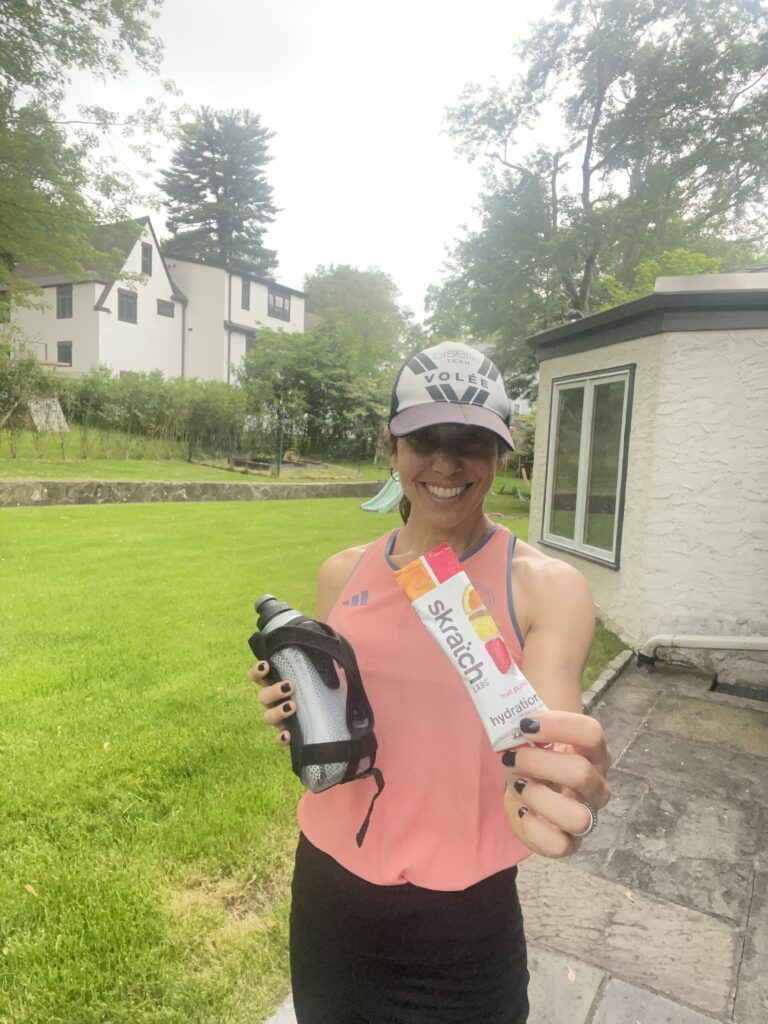
By Amy Stephens and Kate Cochran, Nutrition Intern
Many endurance athletes avoid fueling during long runs or rides because it feels uncomfortable or causes gastrointestinal (GI) issues. But often, that discomfort isn’t due to fueling itself—it’s because the gut hasn’t been properly trained. Being able to ingest carbohydrates during an endurance event will improve performance. It will enable you to exercise at a higher intensity for longer without running out of energy.
How to Fuel Your Best Workout

By Sonia Parashac, Intern
In this post, Sonia shares how she balances a busy college schedule while staying committed to daily movement—whether it’s a long run, a quick strength session, or a walk. She highlights the importance of fueling properly before, during, and after exercise to support energy, performance, and recovery.
Easy Nutritious College Athlete Meal Ideas
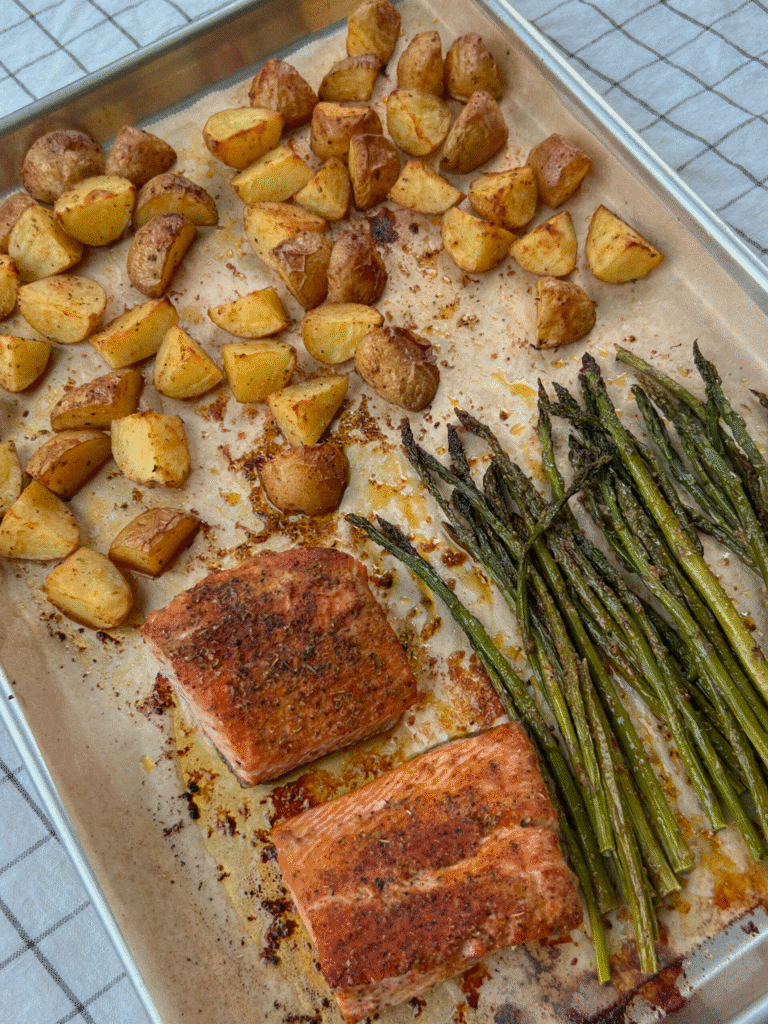
In college, when focusing on countless things such as school work and athletics, it can be difficult to find nutritious balanced meals on campus and time consuming to take all that effort to cook something complicated.
7 Nutrition Myths Every Athlete Should Stop Believing
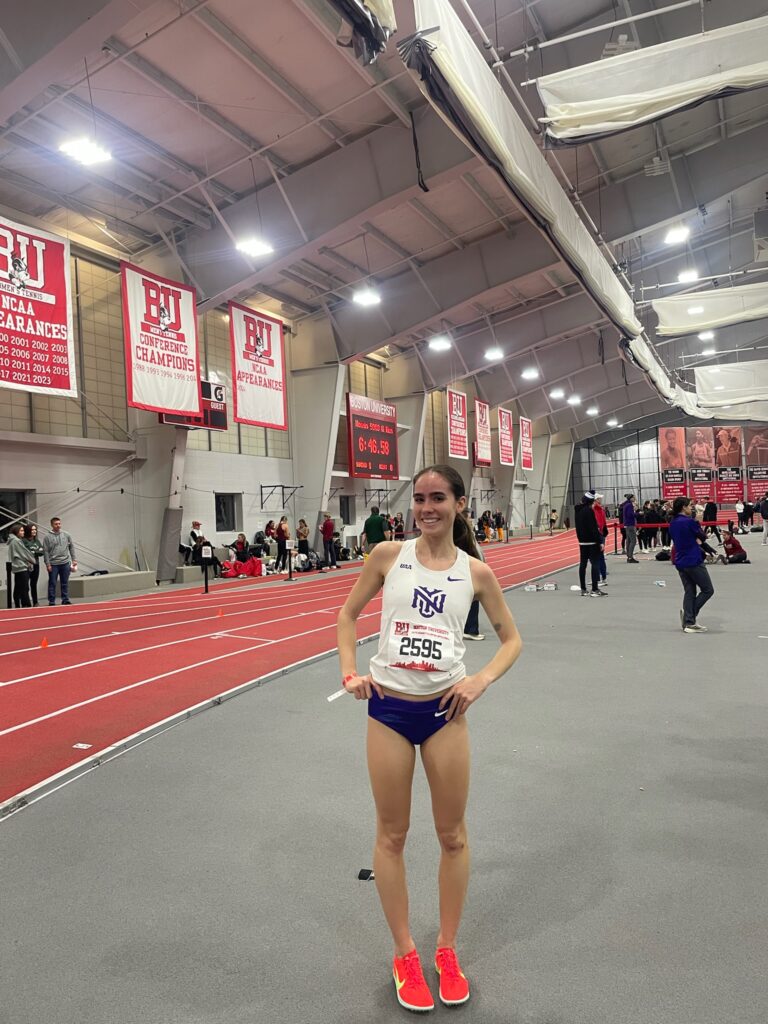
By Kate Cochran, NYU Cross Country Athlete. As an athlete, I often come across all kinds of advice—on how to eat, train, and recover—and it can be hard to know what really works. With social media playing such a big role in how we share and learn information, especially from influencers and fitness personalities, it’s easy to get overwhelmed by the sheer amount of content out there.
Lost Your Period? Here’s How Low Estrogen Could Be Impacting Your Performance

If you’re a female athlete, getting your period is really important. There are many ways that you can use your cycle to your advantage in your sport and in life. When I started running in high school, there was this widespread belief—one that I hope is starting to fade—that losing your period was a sign of being in “peak fitness.”
Iron for endurance athletes
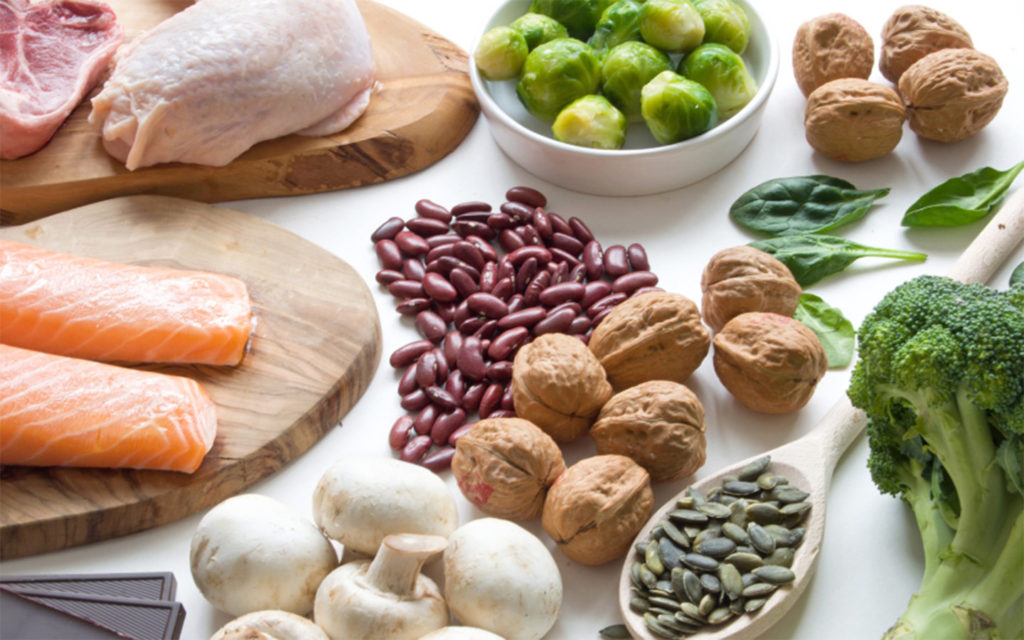
Iron is essential for endurance athletes because it supports oxygen transport, energy production (ATP), cognitive function (including decision-making), and a healthy immune system. Without adequate iron, the body struggles to deliver oxygen to muscles and produce the energy needed for optimal performance. Our bodies cannot make iron, it must be obtained through the diet.
Best Supplements for Runners

The use of supplements within the world of sports and fitness is relatively widespread, being a means of addressing the various metabolic and dietary requirements of individual athletes.
Signs and Symptoms of an Eating Disorder

TW: This content includes references to eating disorders and body image, which may be a sensitive topic to some readers.
Eating disorders can show up in many different ways, making them difficult to recognize at times.
DIY Electrolyte Drink
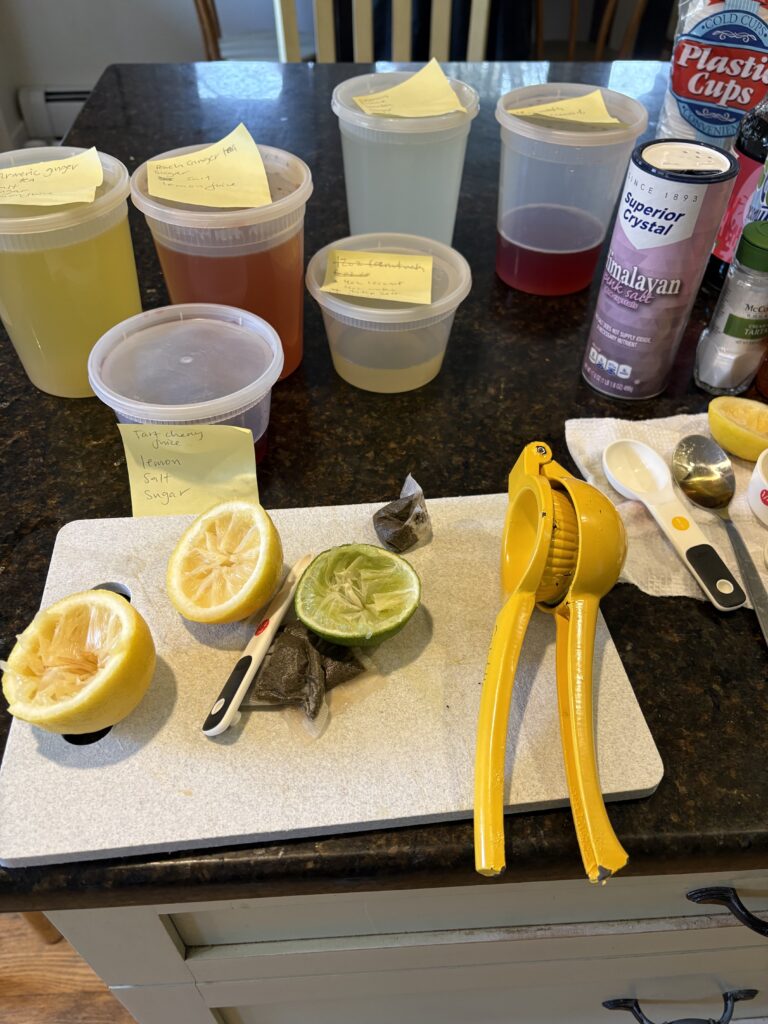
Here are a couple of DIY electrolyte drinks that are favorites among the NYU Track and Field team:
Creatine Supplement: Key Factors to Consider Before Use
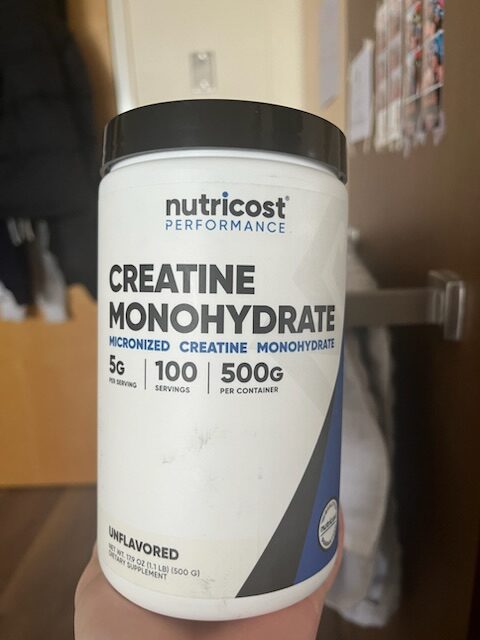
Many amateur and professional athletes use creatine supplements to enhance their workouts and speed up recovery. Creatine is a naturally occurring compound found in the body and certain foods that provides a quick burst of energy and increases strength.